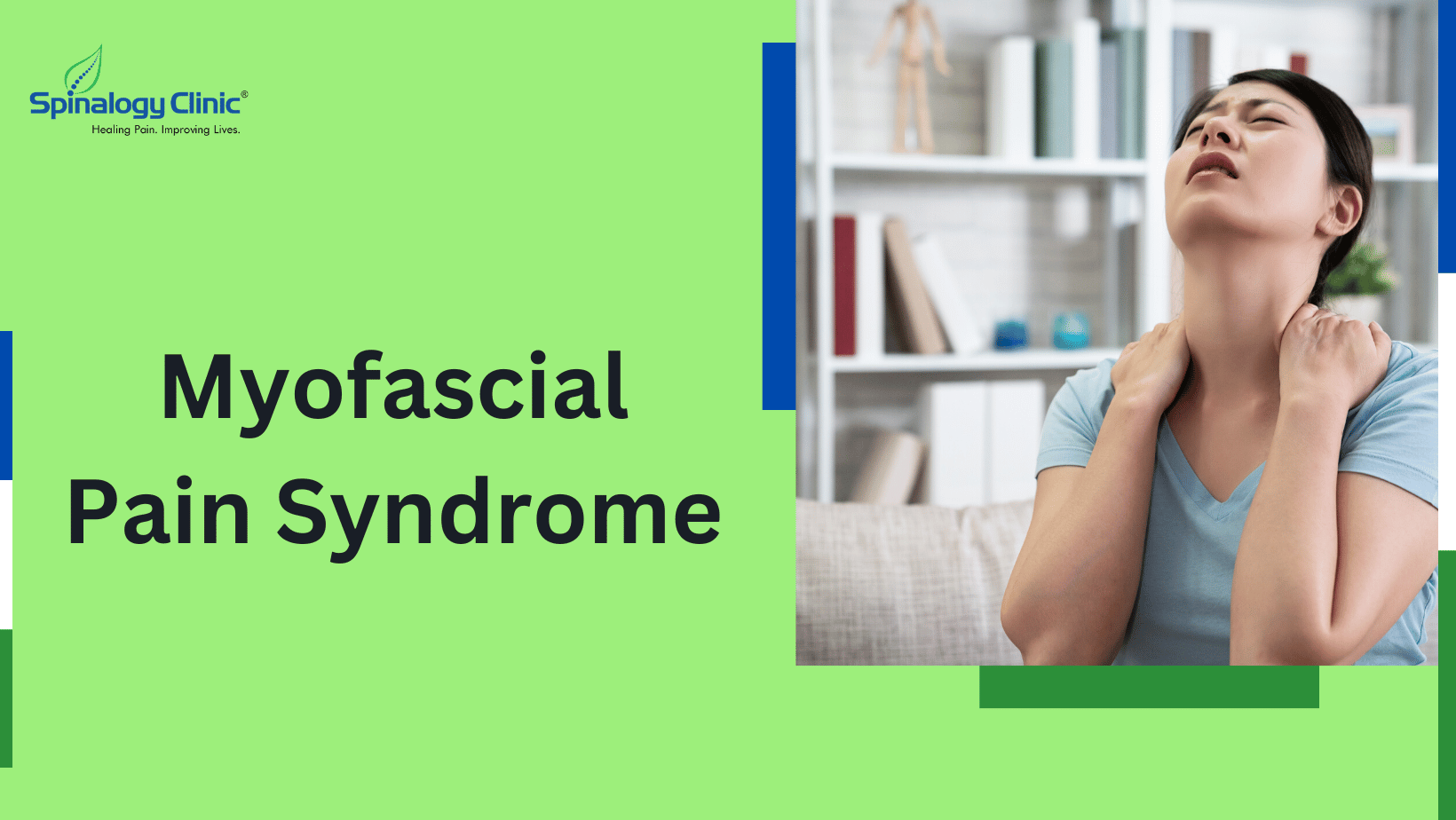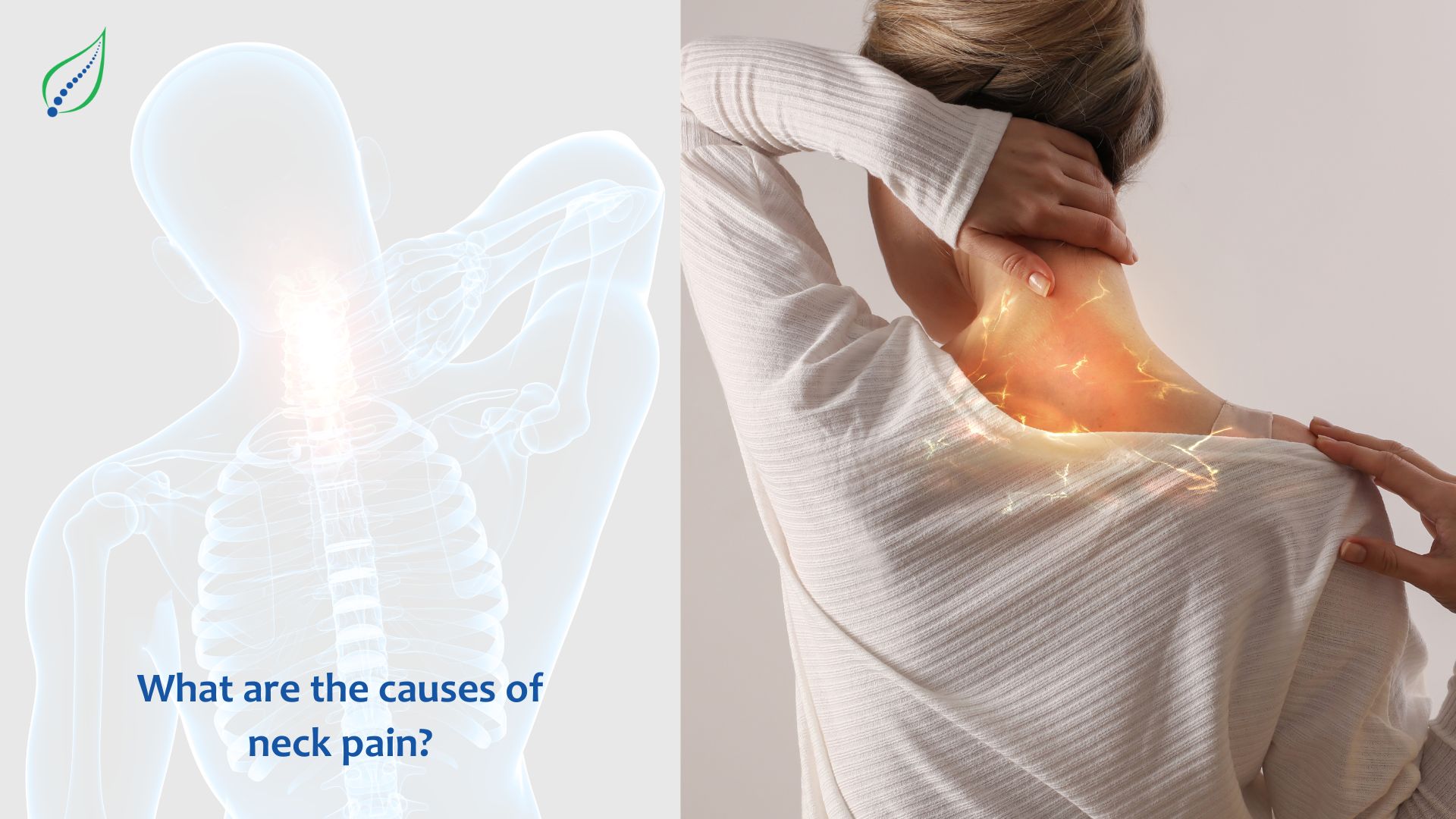Myofascial Pain Syndrome
Myofascial pain syndrome is a condition characterized by referred pain in which the muscles experience pain due to certain triggers. One such trigger is repetitive motion, in which the muscles undergo tension resulting in pain, even in parts that have no direct relation to the sensitive muscle. This painful areas of muscle that contain hyperirritable zones in the muscles or knots of muscle that form when muscles do not relax. The most common areas of trigger points are neck, upper back, arms, and low back and sometimes it occurs in gluteal region as well. The symptoms of this condition are mild to severe pain in the muscles, insomnia due to aching muscles, and persistent pain that doesn’t go away despite self-care and massage.
Causes
When the muscle fibres undergo damage, certain sensitive areas arise which are known as trigger points. Whenever these trigger points are stimulated during activities the body experiences pain. While muscle injury is the most common cause of myofascial pain syndrome, stress and anxiety have also been shown to contribute to this disorder. Stress causes muscle tension and even a poor posture can leave the muscles more susceptible to developing trigger points in the body.
One major risk factor with this condition is that it has the potential to develop into a more chronic and widespread form of muscle pain known as fibromyalgia. Other than this sleep disorders are also very common since the pain is very excruciating and makes resting difficult.
Diagnosis
Your doctor will go through your entire medical history and then conduct a physical exam. He will examine the trigger points by gently pressing certain areas to pinpoint the location of the pain. Since the diagnosis of this condition is difficult due to its various overlapping symptoms with other chronic conditions, imaging tests might also be recommended.
Treatment
Myofascial pain syndrome is best treated with physical therapy and over-the-counter NSAIDs. The biggest symptom of this condition is pain which is very difficult to manage. Other than taking painkillers your doctor might prescribe antidepressants due to the immense strain that this condition can put on your mental health. Using numbing solutions can also be helpful if the pain is too intense.
Consulting a physical therapist can greatly impact recovery and even treat pain effectively. He will teach you certain movements to manage pain as well as strengthen the muscles that experiencing the strain. Stretching can help in dealing with muscle tension and performing mild to moderate exercises can recover the lost range of motion. You can perform self-care along with physical therapy to increase its effectiveness such as applying a hot pack or taking hot showers. Massages have also proved quite effective in releasing muscle tension and should be performed by a professional therapist only to prevent any further aggravation of the pain. Along with exercises following proper ergonomic posture will also help in releasing excessive pressure from muscles.
Local injections are also a very quick and effective treatment option for myofascial pain syndrome. A therapeutic steroid can be injecting into the trigger point to relieve pain and help in releasing the muscle tension. Another technique called dry needling is also uses to instantly release any muscle tension when inserted on or near a trigger point. Myofascial pain syndrome can be difficult to manage and one needs to go through a number of treatments to see what really works.




